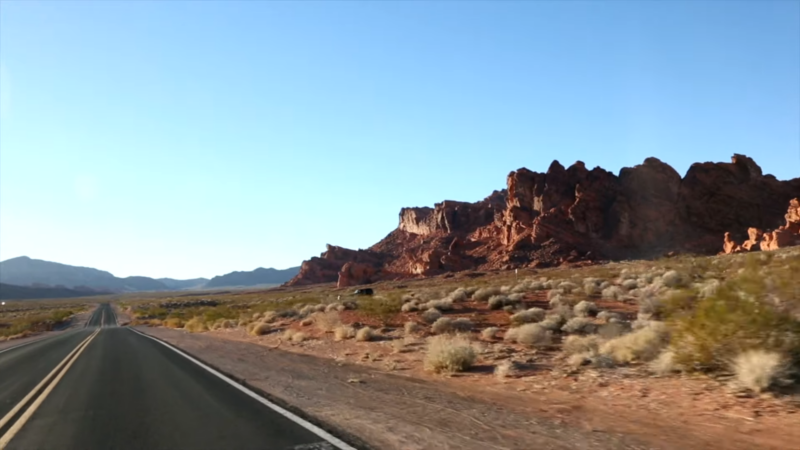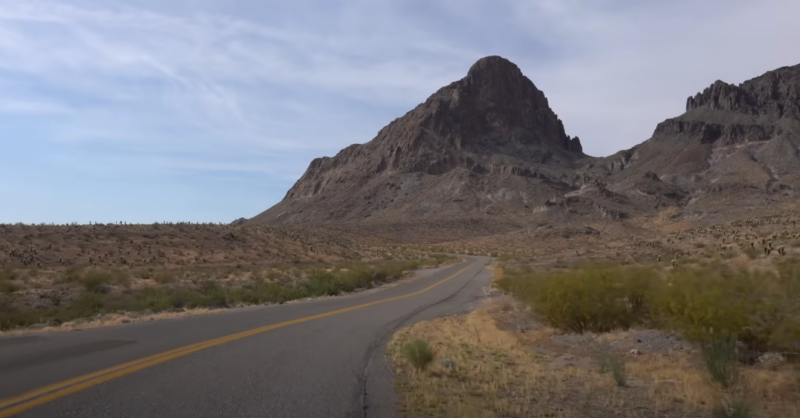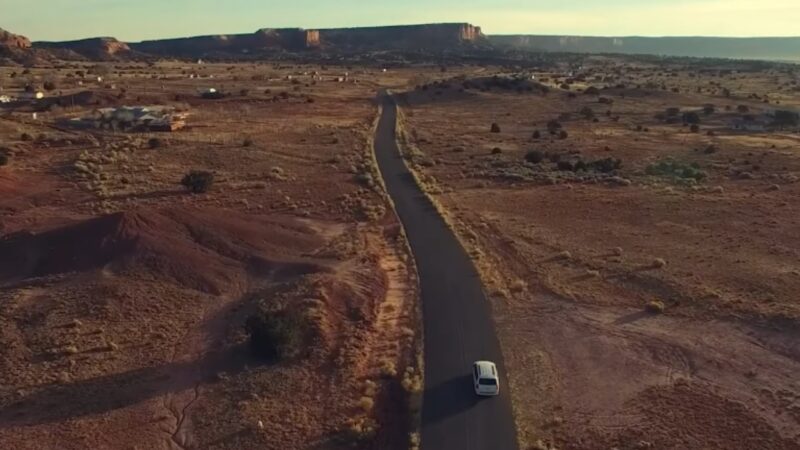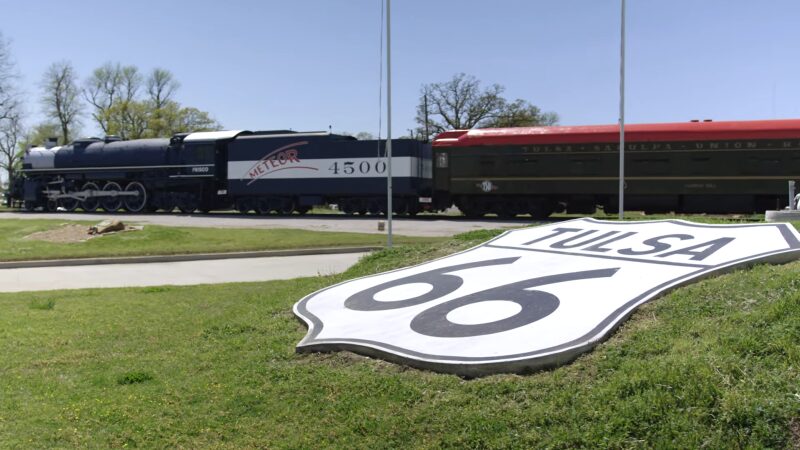Planning a road trip along Route 66? Knowing the best time of year to go can make all the difference for your vacation.
Timing your journey right helps you enjoy better weather, less crowded attractions, and a more enjoyable overall experience.
The Best Periods to Travel Route 66

The most favorable time to get on a Route 66 road trip is from late April (spring) to early July (early summer), and then again from early September (Labor Day) to late October (early fall).
Why These Periods Are Ideal
- The weather is generally mild, avoiding extreme heat or cold.
- Roads remain clear of snow and floods, ensuring safe travel.
- During these times, schools and workplaces are in session, reducing crowd sizes.
- Shops and businesses along Route 66 are typically open.
- Hotel rates tend to be lower as it is not peak tourist season.
Seasons and Travel along Route 66

Route 66 experiences peak and off-peak tourist periods, similar to many global attractions. Higher tourist numbers are seen in the summer months, as families take vacations. Conversely, winter brings fewer travelers due to snow, ice, and cold temperatures.
High Season occurs from mid-spring to mid-fall, encompassing the warm months of May to October. These months are ideal for driving, with pleasant weather and ample daylight. However, this period also sees increased traffic and higher accommodation costs.
Low Season includes winter and the early spring months, marked by fewer crowds and lower prices. Yet, travelers should be prepared for challenging weather conditions, particularly in colder regions along the route.
Geography and Climate on Route 66
Stretching from Chicago to Los Angeles, Route 66 traverses diverse landscapes and climatic zones. Travelers will encounter regions such as the Great Lakes near Chicago, the Rocky Mountains in Arizona and New Mexico, and the Ozarks in Missouri and Kansas.
As the route progresses, it passes through varying terrain, including the Mohave Desert and the Midwestern plains of Oklahoma and Texas. These geographical changes lead to significant variations in weather.
During any given season, it may be warm in one area while cold in another, with possibilities of sun, rain, wind, or even snow on the same day. This unpredictability requires travelers to pack accordingly and stay informed about weather forecasts for all segments of their journey.
Winter

Driving Route 66 during winter months—December, January, and February—presents unique challenges. Snowfall can occur at any time along the route, though it is more frequent in the northern sections compared to California. One of the snowiest cities in the United States, Flagstaff in New Mexico, lies on Route 66 and averages an annual snowfall of 100.3 inches (254.76 cm).
In February 2019, Flagstaff experienced a record snowfall when a powerful storm deposited 40.8 inches (103.6 cm) of snow, closing schools across northern Arizona. Winter conditions such as snow, ice, and sleet can make roads treacherous, requiring drivers to have experience navigating icy surfaces.
Travel Planning Tips
- Road Closures: Severe weather may necessitate road closures, impacting travel times.
- Accommodation: Some hotels and lodgings may be closed, but those that are open often offer lower rates during the winter season.
- Daylight Hours: Shorter days and longer nights reduce the amount of daylight available for sightseeing and travel.
While winter landscapes can be beautiful, the conditions can deter many travelers. Proper preparation and caution are essential when embarking on a winter journey along Route 66.
Spring

Beginning of Spring
March and April mark a transitional phase from winter to spring, with weather showing significant variability. In March, northern areas along Route 66 can still experience cold temperatures and occasional snowfall, particularly in regions like Illinois and the high elevations of Arizona (over 7,000 feet or 2,100 meters).
During this early period, travelers might find some attractions closed due to lower traffic and fewer visitors. It’s advisable to confirm the operating status of key sites before planning visits. On the other hand, April brings milder weather and fewer crowds.
This makes it an ideal time to explore without the pressure of the peak season’s heat, especially in the southern U.S. Cherry trees and dogwoods bloom across the Ozarks, creating picturesque landscapes.
Middle of Spring
May offers excellent travel conditions along Route 66. The weather is fair, providing a comfortable experience without the intense heat of midsummer.
Tourist numbers are lower, which means attractions and roadways are less crowded. This period is perfect for enjoying the scenery and exploring charming spots like the cherry blossoms in Marshfield, Missouri.
Summer
June, July, and August mark the high season for travel, with visitors from the Northern Hemisphere, including the US, Canada, Europe, China, and Japan, taking advantage of the holidays. This period sees heavy traffic on roads, crowded airports, and fully booked hotels. Expect longer waits at tourist attractions and higher hotel rates.
The longer daylight hours and warm weather make summer an appealing time for many. In the Southwest, temperatures can soar into the 100s (above 37°C), often accompanied by frequent rains and thunderstorms, even in typically arid regions like California and Arizona.
Despite the heat, air-conditioning in cars, motels, and diners ensures comfort during travel. Dressing appropriately for hot weather is advised. Temperatures can drop significantly at night, so a light jacket is essential to stay comfortable.
Travelers should be prepared for large temperature swings between day and night, making flexibility in clothing a key aspect of a successful summer trip.
Fall – Autumn

Early Fall
September and October bring warm temperatures and reduced crowds, making it an ideal time for road trips. As schools open and people return to work, there is a noticeable dip in tourist traffic along popular routes like Route 66.
However, it is advisable to avoid the long weekend of Labor Day in early September, as this public holiday leads to high traffic and fully booked hotels.
Late Fall
By November, the transition from Fall to Winter sets in. The weather becomes cooler, and the days shorter, resulting in fewer tourists.
Exceptions include the Thanksgiving holiday, which sees an increase in travelers, as it is celebrated on the fourth Thursday of November. While tornadoes can occur throughout the year, they are less frequent during this period, being more common from March to June.

